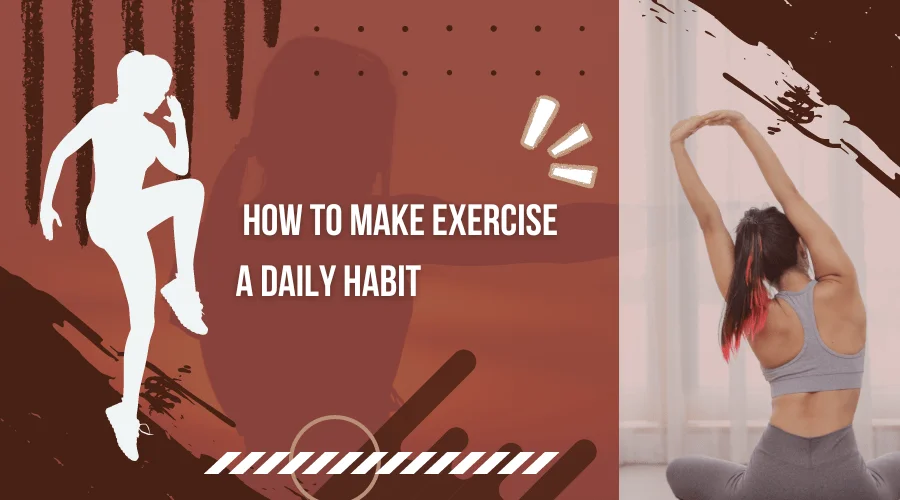
How to Make Exercise a Daily Habit
Hello friends! Are you ready to discover the key to making exercise a habit? In this article, we're going to evaluate the world of fitness and share invaluable tips on how to make exercise a daily habit.
We understand that starting and maintaining an exercise habit can be a challenge, but fear not! We're here to provide you with practical strategies, motivation, and guidance to help you make exercise a consistent part of your daily routine.
So, if you're eager to reap the incredible benefits of regular exercise and transform it into a lifelong habit, let's dive right in and embark on this exciting journey together!
Understanding the Importance of Daily Exercise

Hey there! Let's dive into the importance of daily exercise and why it matters for your overall well-being. When we talk about daily exercise, we're not just talking about hitting the gym for hours. It's about incorporating physical activity into your everyday routine.
First off, daily exercise is crucial for your physical health. It helps improve your cardiovascular health by making your heart and lungs stronger, reducing the risk of heart disease and stroke.
Plus, regular exercise helps with weight management by burning calories and boosting your metabolism. It also strengthens your muscles and bones, which is essential for maintaining a healthy body.
But that's not all! Daily exercise also has amazing mental and emotional benefits. It improves your mood by releasing those feel-good endorphins and reduces stress, anxiety, and depression symptoms. It even boosts your cognitive function, helping with memory, focus, and concentration.
Setting Realistic Goals

Let's talk about setting realistic goals when it comes to exercise. It's important to have goals that are achievable and within your reach. Here's why:
Start with Small Steps
Setting small goals allows you to build momentum and gain confidence. Instead of aiming to run a marathon right away, start with a goal to jog for 10 minutes without stopping.
Make Them Specific
Be clear about what you want to achieve. For example, instead of saying, "I want to get fit," you can say, "I want to be able to do 10 push-ups without taking a break."
Set a Timeline
Give yourself a timeframe to work towards your goal. It could be a week, a month, or even a few months. This will help you stay focused and track your progress.
Be Realistic
Make sure your goals are achievable for you. Setting unrealistic goals can lead to frustration and disappointment. If you're just starting, aiming to do 100 push-ups might be too much. Start with a smaller number and work your way up.
Finding the Right Exercise Routine
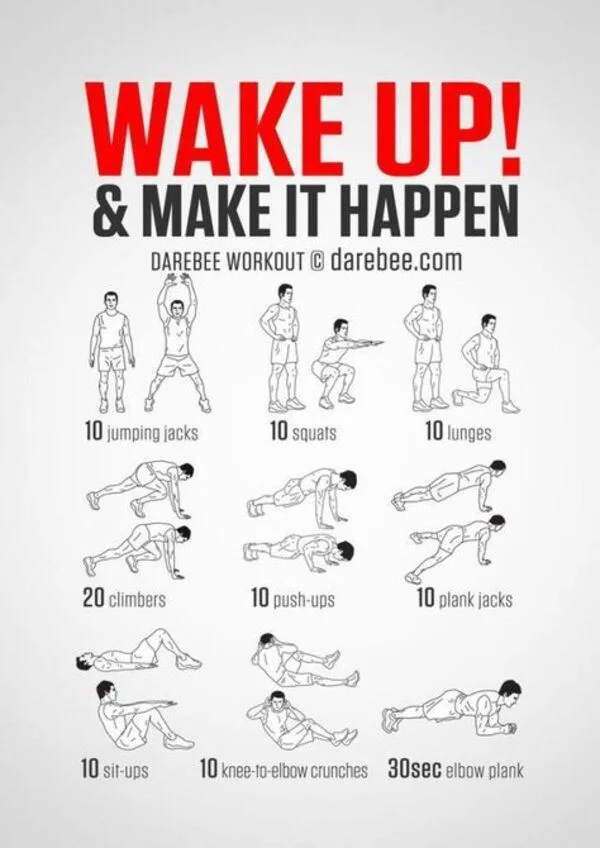
Now we will discuss finding the right exercise routine for you. It's important to choose exercises that you enjoy and that are suitable for your body. Here are some tips to help you find the perfect routine:
Explore Different Types of Exercises
There are many types of exercises you can try, such as running, dancing, swimming, or playing a sport. Experiment with different activities to find out what you like best.
Consider Your Interests
Think about the activities you enjoy. If you love dancing, you can try a dance class or follow dance tutorials online. If you prefer being outdoors, activities like biking or hiking might be more appealing to you.
Listen to Your Body
Pay attention to how your body feels during and after exercise. If a particular activity causes discomfort or pain, it may not be the right one for you. Choose exercises that make you feel good and energized.
Seek Guidance
If you're unsure about which exercises to do, ask a teacher, coach, or fitness professional for guidance. They can help you create a routine that suits your interests and abilities.
Making Exercise Enjoyable
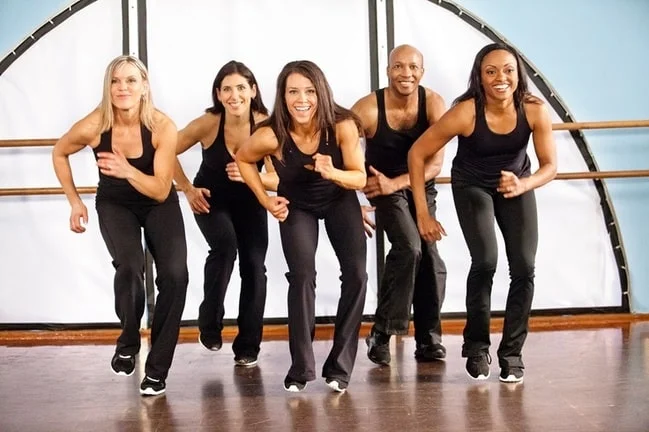
In this paragraph, we will talk about making exercise enjoyable. Exercise doesn't have to be boring or feel like a chore. There are many ways to make it fun! Here are some tips to help you enjoy exercising:
Choose Activities You Love
Think about activities that make you happy. It could be dancing, playing tag with friends, riding your bike, or even jumping rope. Pick something that brings a smile to your face.
Get Creative
Mix things up and try different exercises. You can make up your dance routines, create an obstacle course in your backyard, or even play a game of "Simon Says" with exercise moves.
Exercise with Friends or Family
Exercising with friends or family can make it more enjoyable. You can go for a walk together, have a dance-off, or play a sport as a team. It's more fun when you have company!
Use Music or Videos
Play your favorite upbeat songs while exercising. You can also follow along with exercise videos made especially for kids. It adds a fun element and keeps you motivated.
Set Challenges and Rewards
Challenge yourself to improve your skills or beat your record. When you achieve your goals, reward yourself with something you enjoy, like a special treat or a fun activity.
Prioritizing Exercise in Your Daily Schedule
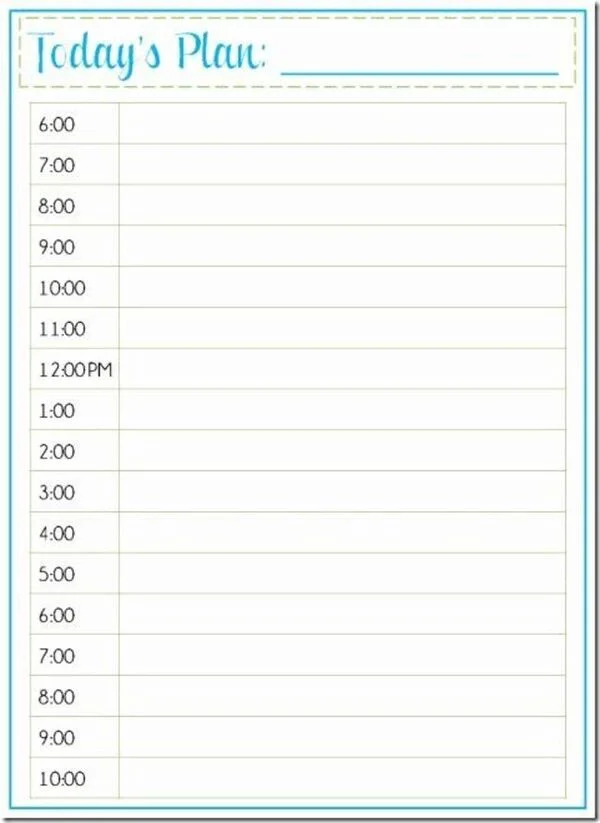
Well, friends now we talk about how to prioritize exercise in your daily schedule. Making time for exercise is important because it helps keep your body healthy and strong. Here are some simple tips to help you make exercise a priority:
Find the Right Time
Think about the best time of day for you to exercise. It could be in the morning before school, during your lunch break, or in the evening. Choose a time when you have the most energy and fewer distractions.
Make a Schedule
Write down your exercise time in your daily planner or create a schedule. Treat it like an important appointment that you can't miss. This will help you remember to set aside time for exercise.
Start with Short Sessions
If you're just starting, begin with short exercise sessions. You can start with 10 or 15 minutes and gradually increase the time as you get more comfortable. Small steps can lead to big progress!
Combine Exercise with Other Activities
You can multitask and combine exercise with other things you enjoy. For example, you can listen to your favorite music while doing jumping jacks or watch a show while riding a stationary bike.
Involve Family and Friends
Exercising with family or friends can make it more fun and help you stay motivated. You can invite them to join you for a bike ride, a walk in the park, or even a dance party in your living room.
Overcoming Motivation Challenges
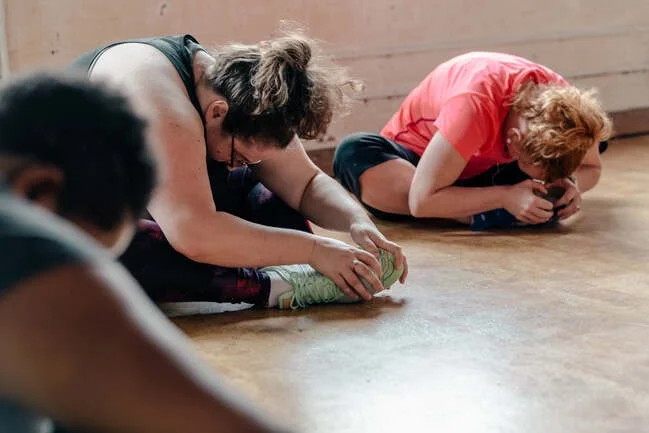
Let's talk about overcoming motivation challenges when it comes to exercise. Sometimes, it can be tough to stay motivated, but don't worry! We've got some tips to help you stay on track:
Set Goals
Start by setting small, achievable goals. It could be running for a certain distance, doing a certain number of push-ups, or even improving your flexibility. Having clear goals gives you something to work towards.
Find Why
Think about why exercise is important to you. Maybe you want to be stronger, have more energy, or improve your skills in a sport. Remembering your reasons can help you stay motivated when things get tough.
Mix it Up
Trying different exercises and activities can keep things exciting. If you're getting bored with your routine, switch it up! You can try a new sport, dance style, or even a fun workout video. Variety can make exercise more enjoyable.
Get Support
Reach out to family, friends, or a coach who can support and encourage you. Exercising with others can be motivating and fun. You can even challenge each other to reach your fitness goals together.
Celebrate Milestones
Whenever you achieve a goal or make progress, celebrate! Treat yourself to something you enjoy or do a fun activity as a reward. Recognizing your achievements will keep you motivated to keep going.
Making Exercise Accessible

You guys all know that exercise is important for our health, and it should be available to everyone, regardless of their circumstances. Here are some tips on how to make exercise accessible:
Start with What You Have
You don't need fancy equipment or a gym membership to exercise. You can start by using what you already have at home. Use your body weight for exercises like push-ups, squats, and jumping jacks. You can also go for a walk or run outside.
Find Free Resources
There are many free resources available online that provide exercise routines, workout videos, and fitness challenges. Look for websites or apps that offer guided workouts suitable for your age and fitness level.
Use Public Spaces
Explore your community for parks, playgrounds, or open spaces where you can exercise. These places often have equipment like swings, monkey bars, or basketball courts that you can use for a workout.
Join School or Community Programs
Check if your school or community offers exercise programs or clubs. They might have activities like sports teams, dance classes, or fitness clubs that you can join and enjoy with others.
Adapt Exercises to Your Abilities
Everyone has different abilities, and it's important to find exercises that work for you. If you have physical limitations or disabilities, talk to a teacher or fitness professional who can help you adapt exercises to meet your needs.
Incorporating Exercise into Daily Activities
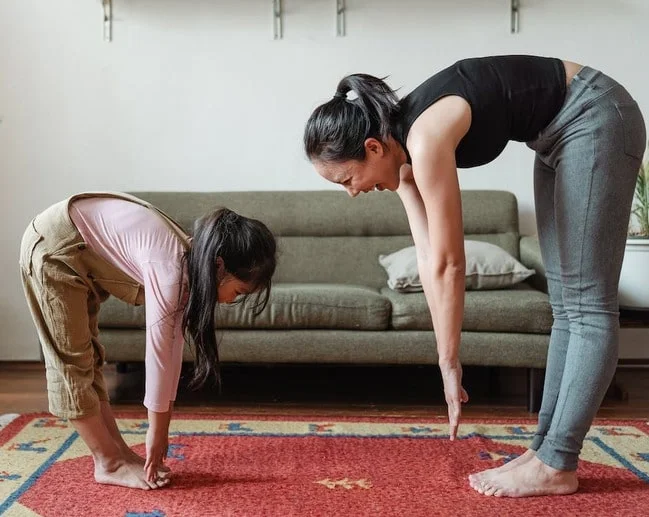
Exercise doesn't have to be a separate thing you do. You can make it a part of your everyday routine. Here are some tips to help you incorporate exercise into your daily activities:
Walk or Bike to School or Work
If possible, try walking or biking to school or work instead of taking a bus or car. It's a great way to get some exercise and fresh air before your day starts.
Take Active Breaks
When you're studying or doing homework, take short breaks to get moving. You can do some jumping jacks, stretch your body, or even dance to your favorite song. It helps keep your mind fresh and your body active.
Help with Chores
Doing household chores can be a way to exercise. Sweep the floor, vacuum, or help with gardening. These activities get you moving and contribute to keeping your home clean and tidy.
Join Sports or Clubs
Joining a sports team or club at school can be a fun way to exercise. Whether it's soccer, basketball, or dance, being part of a group activity keeps you active and helps you make new friends.
Take Active Family Outings
When you're spending time with your family, choose activities that involve movement. Go for a hike, have a picnic at the park, or play a game of catch. It's a great way to bond with your family while staying active.
Overcoming Plateaus and Boredom
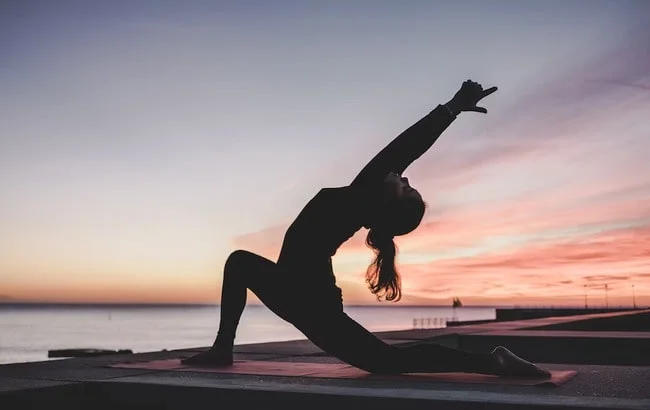
Sometimes, you may feel like you're not making progress or that exercise is getting boring. But don't worry! We've got some tips to help you overcome those challenges:
Try Something New
If you're feeling bored with your current exercise routine, it's time to switch things up! Try a new sport, dance style, or fitness class. Exploring different activities keeps things interesting and helps you discover new skills.
Set New Challenges
Plateaus happen when your body gets used to a certain level of exercise. To overcome them, set new challenges for yourself. Increase the number of repetitions, run a little longer, or try a more advanced exercise. Pushing yourself helps you break through plateaus and keeps you motivated.
Mix Up Your Routine
Change your exercise routine by adding variety. If you usually go for a run, try cycling or swimming instead. Incorporate strength training exercises like push-ups or lunges. Mixing up your routine targets different muscles and keeps your body engaged.
Exercise with Friends
Exercising with friends can make it more fun and help you stay motivated. You can play a game of basketball, go for a hike together, or have a dance party. Having someone to exercise with adds excitement and makes the experience more enjoyable.
Celebrate Achievements
When you reach a milestone or accomplish a goal, celebrate! Treat yourself to something you enjoy or do a fun activity as a reward. Recognizing your achievements boosts your motivation and encourages you to keep going.
Listening to Your Body

Hey there! It's important to listen to your body when it comes to exercise. Your body knows what it needs and can tell you when to push harder or take a break. Pay attention to how you feel during and after exercise.
If you're feeling tired or in pain, it's okay to rest and recover. On the other hand, if you're feeling energized and strong, you can challenge yourself a bit more.
Remember, exercise should make you feel good, not hurt you. So, listen to your body's signals and adjust your workout accordingly. Your body will thank you for it!
Read Our Latest Contents-
- FIFA World Cup Qatar in 2022
- 20 Best Brazilian Soccer Players Of All Time
- Top 10 Largest Soccer Fields in the World
Final Thought | How to Make Exercise a Daily Habit
In conclusion, in this article, we have discussed how to make exercise a daily habit for your overall health and well-being.
By starting small, scheduling regular workouts, finding enjoyable activities, seeking support, and staying consistent, you can turn exercise into a daily habit that becomes a natural part of your lifestyle.












